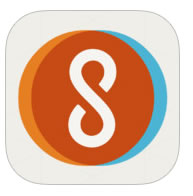Science is more than just a body of knowledge; it is the process of discovering new knowledge. Therefore, science education needs to involve more than just memorizing what scientists have already figured out. Students also need to learn about the processes that scientists use to generate new understandings about the universe. In other words, it involves understanding the Nature of Science.
The Nature of Science is what distinguishes science from other methods of knowing such as art, philosophy, or social science. The Nature of Science includes understanding that while scientific knowledge is based on empirical evidence, it is also subject to change based on new evidence. Science is a human endeavor that requires creativity, but also objectivity.
The importance of the Nature of Science is reflected in state science standards. For example, in Florida, the science standards have the Nature of Science as one of the bodies of knowledge alongside Life Science, Physical Science, and Earth and Space Science. The Nature of Science is further delineated into three big ideas: the Practice of Science, the Characteristics of Scientific Knowledge, and the Roles of Theories, Laws, Hypotheses, and Models.…Read More

